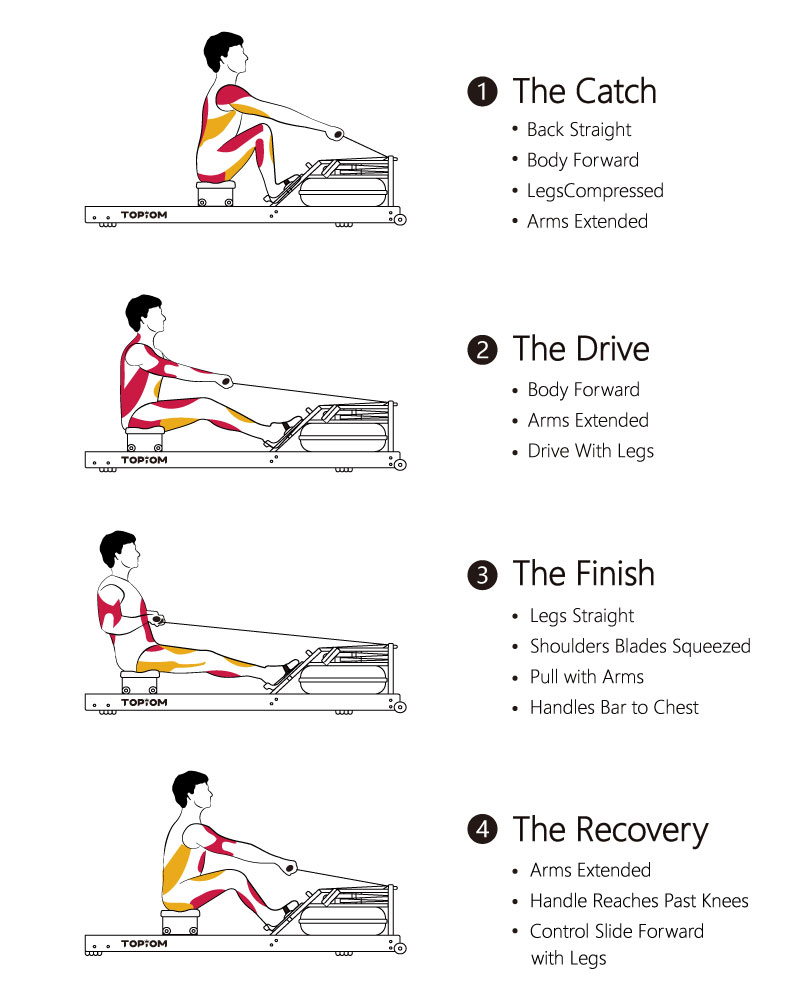
Beyond the Basics: Unlocking Jon Boat Design Potential
Jon boats. Simple, utilitarian, and endlessly adaptable. But have you ever considered the untapped potential lurking beneath their seemingly straightforward design? This article delves beyond the typical build guides, exploring innovative perspectives and often-overlooked aspects of crafting truly exceptional jon boats. We’ll address crucial questions that challenge conventional wisdom, aiming to inspire hobbyists, professionals, and educators alike.
The Unsung Hero: Material Selection Beyond Aluminum
Aluminum reigns supreme in the jon boat world, but what about exploring alternatives? The ubiquitous metal offers durability, but it’s not the only game in town.
Q: Could alternative materials offer superior performance in specific niches?
A: Absolutely! Consider high-density polyethylene (HDPE) for exceptional impact resistance and virtually maintenance-free operation. While heavier than aluminum, HDPE boasts superior abrasion resistance, making it ideal for rocky river systems or shallow-water applications where scraping is common. Furthermore, advancements in composite materialsâ€"like fiberglass reinforced with sustainable fibers like bamboo or hempâ€"offer lighter, potentially stronger, and more environmentally friendly options, although their construction requires a higher skill level.
Q: How can material choices affect the boat's overall environmental impact?
A: The lifecycle of a boat is crucial. Aluminum's recyclability is a plus, but the energy consumed in its production is significant. Exploring recycled aluminum or sustainable composite materials reduces the environmental footprint. Life cycle assessments (LCAs), increasingly available from material suppliers, offer valuable data for informed decision-making. (Refer to relevant LCA databases for specific material comparisons).
Rethinking the Hull: Beyond the Flat Bottom
The classic flat bottom is practical, but limitations exist. Let's explore design modifications for enhanced performance.
Q: Can subtle hull modifications drastically improve stability and performance?
A: Yes! Adding a slight vee-bottom to the stern, even a shallow one, dramatically improves tracking and reduces planing threshold (the speed at which the boat begins to glide on the water's surface). This simple modification, often overlooked in basic plans, can significantly enhance the boating experience. Furthermore, experimenting with chines (sharp edges along the hull) can improve stability and maneuverability, particularly in shallow water.
Beyond the Blueprint: Innovative Construction Techniques
Traditional riveting or welding is common, but let's look at modern methods.
Q: Can advanced joining techniques offer superior strength and reduced weight?
A: For aluminum, friction stir welding (FSW) offers exceptionally strong joints without the need for filler materials. This emerging technique, while requiring specialized equipment, results in superior fatigue resistance compared to traditional welding methods. For composite materials, techniques like vacuum bagging or resin infusion allow for incredibly strong and lightweight structures with minimal void formation. These advanced methods offer superior strength-to-weight ratios, though they demand more specialized skills and tools.
A Real-World Example: The "Resilient River Runner"
A passionate builder, John Miller, from Montana, recently constructed a jon boat using recycled HDPE and incorporating a subtle vee-bottom. He documented the entire process on his blog (insert hypothetical blog link here). His boat, which he calls the "Resilient River Runner", has proven exceptionally durable navigating the swift currents and rocky riverbeds of his local waterways. This demonstrates how innovative design choices can translate into robust and practical results.
Conclusion: Building a jon boat is more than just following instructions. By challenging assumptions and exploring alternative materials, designs, and construction methods, builders can unlock a world of possibilities, crafting vessels that are not only durable and functional but also uniquely their own. The potential for innovation in this seemingly simple design is vast, awaiting your exploration.





















